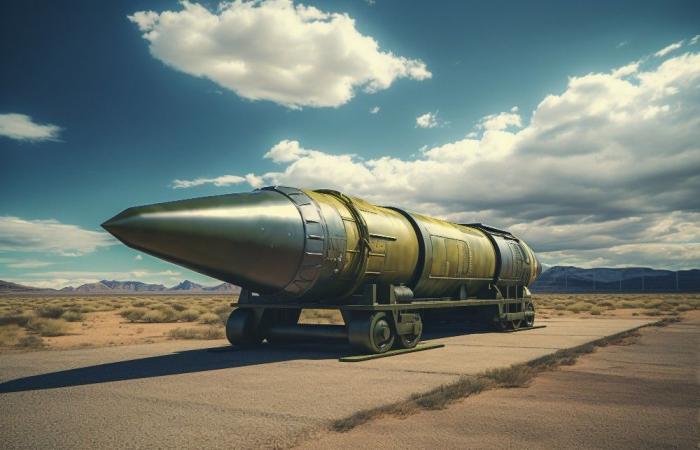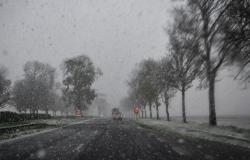Published on November 20, 2024
–
A
+
Contrary to what The Times reports, Ukraine is not in a position to build a simple plutonium-based device with technology similar to that of the Fat Man bomb dropped on Nagasaki in 1945. Even if the country has six storage sites for radioactive sources and waste, the industry and technology for manufacturing its nuclear fuel are in the hands of Westinghouse Electric Company, in Sweden, and there is a big bet that the same applies to the management of spent fuel from which Plutonium would be derived239. This Plutonium will have to be made military grade by specialists who have become as rare as civilian specialists in France, in facilities that the country does not have. This is even more true for the manufacture of a primitive uranium fission bomb supposedly buildable in 5 years, in the absence of the capacity to enrich the latter to 90% uranium 235, whatever the provenance.
On the other hand, if, according to Sascha Bruchmann, military analyst at the International Institute for Strategic Studies in London, the establishment by Ukraine of a nuclear weapons program would have a prohibitive political, economic and military cost putting jeopardizes the assistance of its Western partners, the latter could be less careful with regard to the use of depleted uranium projectiles. However, it is easy to imagine that the temptation to resort to this weapon without restraint could increase among the Ukrainians in the event of Russian progress towards military victory.
We know that the depleted uranium munitions that the United States is supposed to have delivered to Ukraine in the fall of 2023, with the blessing of Great Britain and to the great dismay of Vladimir Putin, are reputed to have already been used during the two Gulf wars, in Yugoslavia and, more recently, in Syria. We also know that we want them for their incomparable power of penetrating the thickest tank armor and any civil or military construction material. Finally, we know that international law does not prohibit its use. What is less known is that the ingenuity which the Ukrainians no longer have to demonstrate could open up a much wider field of application for such munitions than the tactical field limited to the destruction of tanks.
Depleted uranium contains between 0.20 and 0.25% U235, while natural uranium contains 0.7%, the latter being 225,000 times less radioactive than plutonium. No, what is above all required of a uranium metal that is almost undeformable by shock, 1.7 times denser than lead and three times denser than steel, is to penetrate its target as deeply as possible, whatever whatever the matter. However, it is precisely from the exhaustion of the destructive power of the ballistic effect of such projectiles that a belligerent convinced of having nothing more to lose could be tempted to use widely and at high frequency, after having improved them. the yield.
Upon impact, the kinetic energy stored by this ballistic effect is transformed into heat, instantly melting steel and other metals present, with the formation of eutectics. All this causing the flash combustion of an almost powdery uranium, like a magnesium fire, and the release of aerosols. The internal overpressure communicated to any enclosed space by the enormous explosion is likely to partially or totally destroy the infrastructure containing it. In all cases, its occupants who are not killed instantly risk rapid death from asphyxiation due to the disappearance of the oxygen consumed by the combustion.
Let us add that, according to the Canadian Nuclear Safety Commission, ingestion or inhalation of large quantities of aerosols and other metal dusts can harm kidney function, as well as increase the risk of lung cancer, if inhaled over time.
Thus, Ukraine could not delay in identifying all the strategic benefit that it could derive from the deployment of fairly unprecedented war operations and the benefit that it could initially derive from the threat of resorting to them. on a large scale, including on the territory of the aggressor, wherever military logistics, weaponry and mobilized personnel can be achieved. This evolution of war could at most be described as a nuclear-dependent war or a poor man's nuclear war, but in no case just a nuclear war.
The fact remains that, to supply it, Europe alone would have to supply it sustainably with depleted uranium. Its members have ample means, France in particular and Sweden, a supplier of nuclear fuel under American aegis, recently affiliated to NATO and already in a passive defense situation. But would they or will they have the will? It won't be long before we find out. The new White House administration should soon signal to the EU that financing the war in Ukraine is more its business than that of the Americans. How far will the disengagement of the latter go? One thing is certain in all cases: having nothing left to lose, the Ukrainians have already shown that they are ready for anything.






